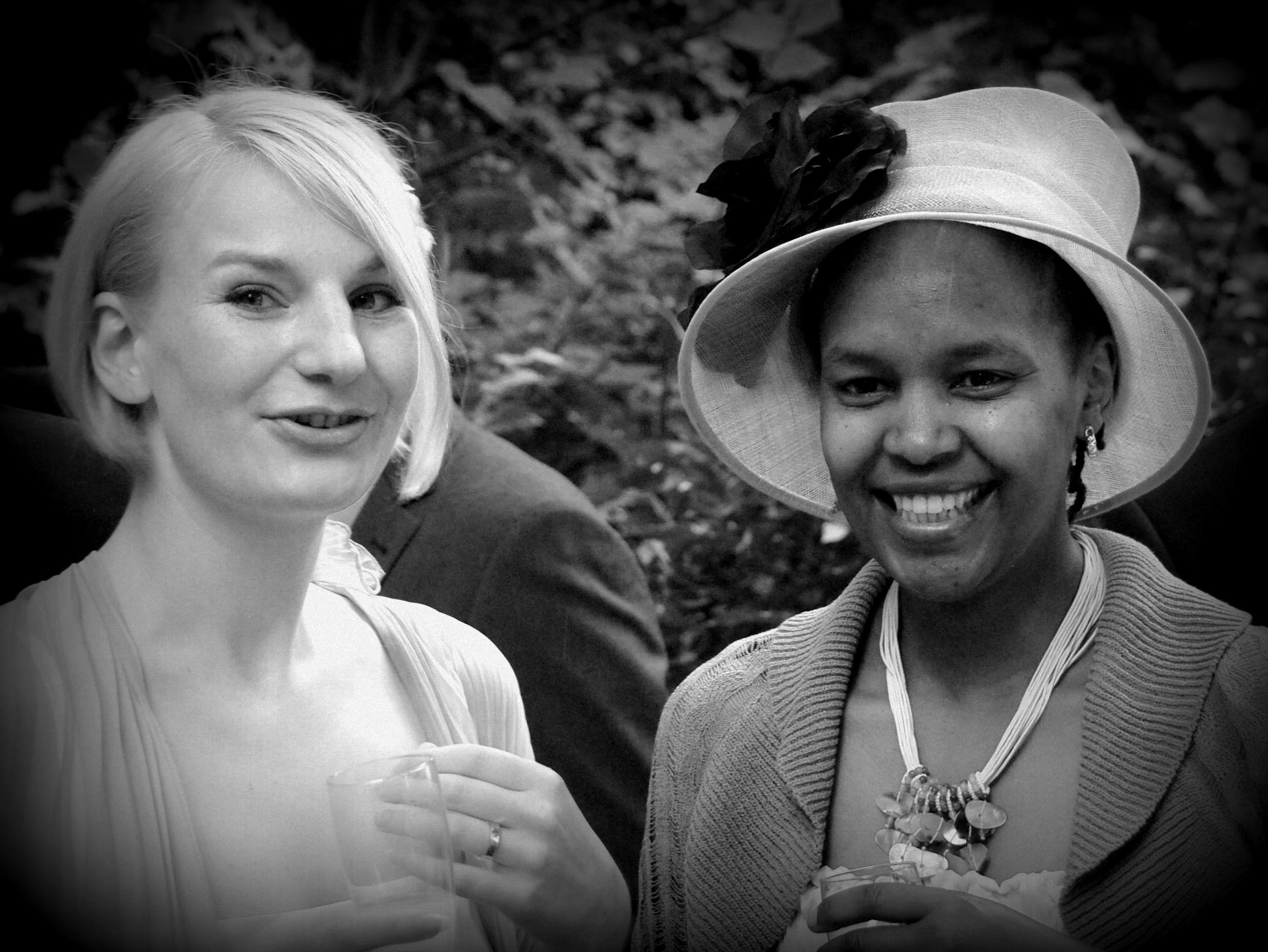Click here and press the right key for the next slide (or swipe left)
also ...
Press the left key to go backwards (or swipe right)
Press n to toggle whether notes are shown (or add '?notes' to the url before the #)
Press m or double tap to slide thumbnails (menu)
Press ? at any time to show the keyboard shortcuts
Cooperation
What enables humans to cooperate?
1
a ‘cooperator is someone who pays a cost, c, for another individual to receive a benefit, b’
(Nowak 2006, p. 1560).
2
‘[b]y cooperation we mean engaging with others in a mutually beneficial activity’ (Bowles & Gintis 2011, p. 2)
‘Cooperation appears in nature in two basic forms’ (Tomasello)
3
(~Bratman, 1992; 2015).
‘A definition of cooperation ... typically [has this] structure: a set of individual intentions [with] certain origins and ... certain relations, ... is common knowledge’
(Paternotte 2014, p. 47)
What is it for some actions to be cooperative?
It is for them to be appropriately related to shared intentions
(in the absence of deception, coercion ...).
What enables humans to cooperate?
Their capacities to form, and to act on, shared intentions.


| while married | after divorce | |
| [df. 1] pay a cost for the other to benefit? | ✗ | ✗ |
| [df. 2] engage in mutually beneficial activity? | ✓ | ✓ |
my costs
your costs
our costs
Three ways of engaging in the
mutually beneficial activity
of
passing a book between us:
I simply grasp it as comfortably as I can.
I grip it so as to reduce the overall awkwardness of our actions.
I grip it so as to make your grip least awkward.
1
a ‘cooperator is someone who pays a cost, c, for another individual to receive a benefit, b’
(Nowak 2006, p. 1560).
2
‘[b]y cooperation we mean engaging with others in a mutually beneficial activity’ (Bowles & Gintis 2011, p. 2)
‘Cooperation appears in nature in two basic forms’ (Tomasello)
3
Actions are cooperative when they are appropriately related to a shared intention and some other conditions are met
(~Bratman, 1992; 2015).
‘A definition of cooperation ... typically [has this] structure: a set of individual intentions [with] certain origins and ... certain relations, ... is common knowledge’
(Paternotte 2014, p. 47)
What is it for some actions to be cooperative?
Demandingness and well-suitedness
require trade-offs
across multiple actions,
not all of which need be yours.
Purposive actions are cooperative to the extent that, for each agent, her performing these actions rather than any other actions depends in part on how good an overall pattern of trade-offs between demandingness and well-suitedness can be achieved for all of the actions.
What enables humans to cooperate?
In part: a certain interagential structure of motor representation